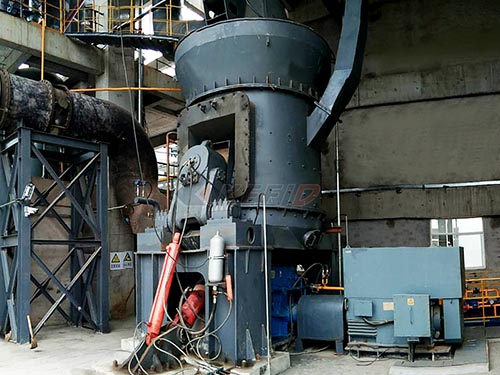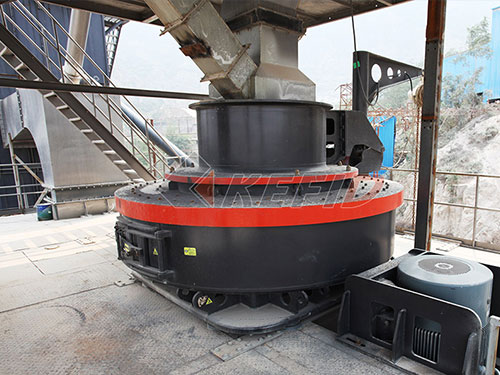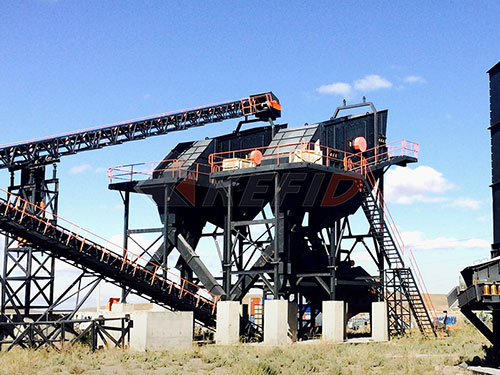North West Swartruggens Crushers: The Bedrock of Infrastructure in South Africa’s Heartland
Nestled within the rugged landscapes of the North West Province of South Africa lies a crucial industrial operation fundamental to the region’s growth and development: North West Swartruggens Crushers (NWSC). More than just a quarry or crushing plant, NWSC represents a vital link in the supply chain that builds roads, constructs buildings, shapes communities, and underpins economic activity across this mineral-rich province and beyond.

Strategic Location: Tapping into Geological Wealth
Swartruggens itself is situated in an area renowned for its geological diversity and mineral wealth. Positioned strategically within the Bojanala Platinum District Municipality and relatively close to major centres like Rustenburg and significant mining operations (particularly platinum group metals), NWSC leverages access to high-quality raw materials essential for construction aggregates.
The bedrock geology surrounding Swartruggens typically comprises hard rock formations such as granite, gneiss, dolerite, or quartzite – precisely the types of rock ideal for producing durable crushed stone aggregates required for demanding applications like road base layers, concrete production, railway ballast, and drainage systems.

Core Operations: Transforming Rock into Progress
At its heart, NWSC operates as an aggregate producer:
1. Quarrying: The process begins with extraction from carefully selected pits or quarries within their licensed mining rights area (granted under South Africa’s Mineral and Petroleum Resources Development Act – MPRDA). This involves drilling, blasting (using controlled techniques adhering to strict safety and environmental protocols), and primary excavation using heavy machinery like excavators and front-end loaders.
2. Primary Crushing: Large boulders blasted from the quarry face are transported to primary crushers – typically jaw crushers capable of handling massive rocks – reducing them to more manageable sizes.
3. Secondary & Tertiary Crushing/Screening: The crushed material then undergoes further processing through cone crushers or impact crushers to achieve specific particle sizes critical for different end uses.
4. Screening: Vibrating screens meticulously sort the crushed material into various predefined size fractions (e.g., G1-G9 base course materials for roads; various sizes of stone for concrete; crusher sand; dump rock).
5. Washing (Potential): Depending on deposit characteristics and product requirements (e.g., producing washed plaster sand or concrete sand), washing plants may be employed to remove fine silt/clay particles.
6.

Leave a Reply